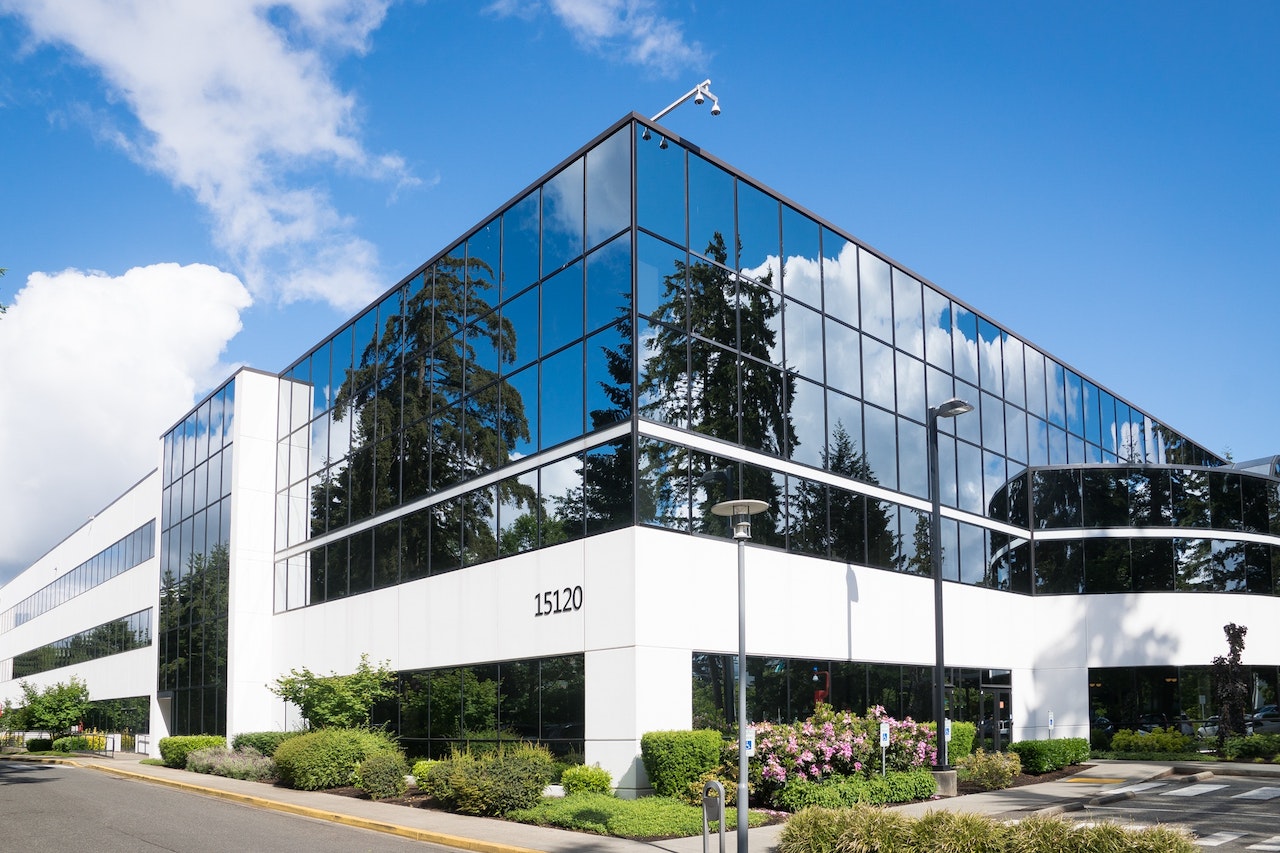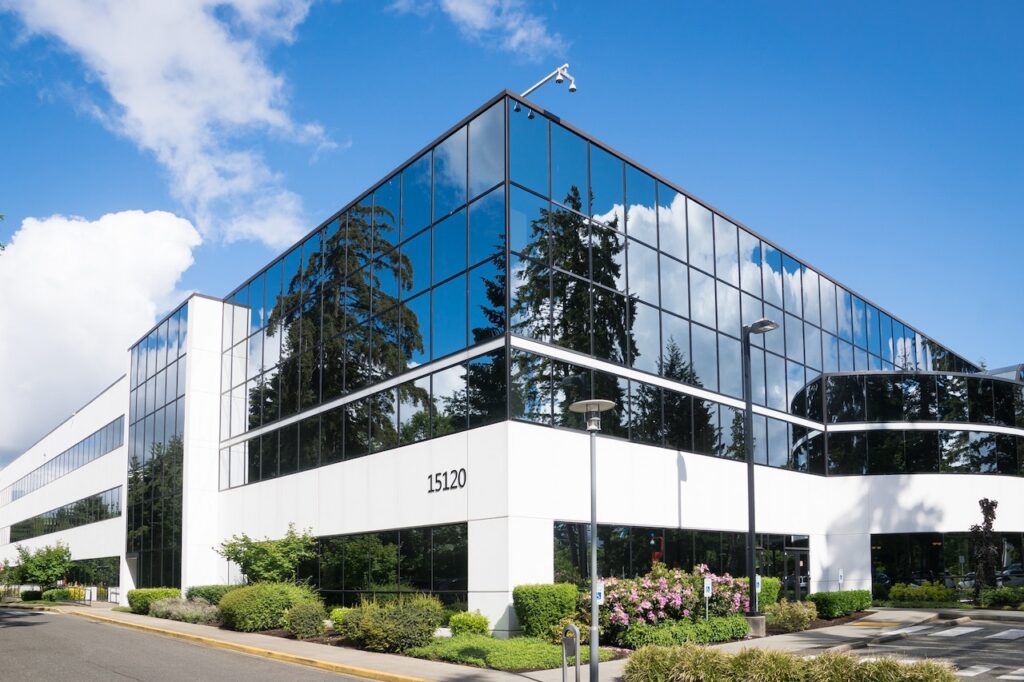Commercial real estate leases are the cornerstone of the relationship between landlords and tenants in the business world. These agreements define the terms under which a commercial space is rented, specifying the rights and responsibilities of both parties. Commercial leases come in various forms, each designed to cater to different needs and circumstances. In this comprehensive summary, we will delve into the three primary types of commercial real estate leases: gross leases, net leases, and modified gross leases.
1. Gross Leases
A gross lease, also known as a full-service lease, is a straightforward arrangement where the tenant pays a fixed monthly rent, and the landlord takes on the responsibility for covering all operating expenses. This type of lease is commonly used in office buildings and some retail spaces. Let’s take a closer look at the key features of a gross lease.
1.1 Fixed Rent
One of the defining characteristics of a gross lease is the fixed monthly rent. The tenant pays a consistent, all-inclusive amount that covers the base rent as well as all operating expenses, including property taxes, insurance, utilities, maintenance, and common area costs. This simplicity in payment structure can be particularly attractive to tenants as it allows for predictable budgeting.
1.2 Landlord Responsibilities
In a gross lease, the landlord assumes the financial burden of maintaining the property. This means that they are responsible for costs such as property taxes, insurance, repairs, and utilities. The tenant does not have to worry about these expenses, which can make budgeting and financial planning easier for businesses.
1.3 Tenant Advantages
For tenants, gross leases offer financial predictability and stability. Since all costs are rolled into a fixed monthly payment, there are no surprises when it comes to operational expenses. This simplifies budgeting and allows businesses to focus on their core operations. Additionally, tenants benefit from having the landlord handle maintenance and repairs, reducing the burden of property management.
1.4 Landlord Advantages
Landlords opting for gross leases enjoy a degree of predictability as well. By covering all operating expenses, they can better control the overall condition of the property. This can be a significant advantage in maintaining the property’s appeal to tenants and ensuring that it remains a desirable location for businesses.
1.5 Lease Duration
Gross leases typically come with longer lease terms, often ranging from five to ten years or even longer. This extended period allows both the tenant and landlord to plan for the future with greater certainty.
1.6 Common Uses
Gross leases are commonly found in office buildings and some retail spaces. The predictability and simplicity of these leases make them appealing for both landlords and tenants in such settings.
2. Net Leases
Net leases are a different breed of commercial real estate lease that shifts the financial responsibility for operating expenses from the landlord to the tenant. There are several subtypes of net leases, each with its unique features, but they all share the basic structure of passing on a portion of the operating expenses to the tenant. Let’s explore the key components of net leases.
2.1 Types of Net Leases
There are three primary types of net leases:
2.1.1 Single Net Lease (N Lease)
In a single net lease, the tenant pays a fixed rent, plus a portion of the property taxes associated with their leased space. While the tenant is responsible for the property taxes, the landlord typically covers other operating expenses such as insurance, maintenance, and utilities.
2.1.2 Double Net Lease (NN Lease)
A double net lease requires the tenant to pay a fixed rent, property taxes, and a share of the property insurance costs. The landlord remains responsible for common area maintenance and utilities.
2.1.3 Triple Net Lease (NNN Lease)
A triple net lease is the most tenant-heavy of the net lease variations. In this arrangement, the tenant is responsible for the base rent, property taxes, property insurance, common area maintenance, and utilities. The tenant effectively takes on almost all of the operating expenses, leaving the landlord with limited responsibilities.
2.2 Tenant Responsibilities
In net leases, the level of tenant responsibility for operating expenses depends on the specific type of net lease. The more “nets” a lease has, the greater the tenant’s financial responsibility. Triple net leases, for example, shift nearly all operating expenses to the tenant, making them akin to property owners in terms of financial obligations.
2.3 Landlord Advantages
Net leases allow landlords to pass on a portion of the operating expenses to the tenant. This can be especially beneficial for landlords who own large properties or multiple properties, as it can help reduce their financial burden. Additionally, net leases often result in higher rental income for landlords, as tenants are responsible for their share of operating expenses.
2.4 Tenant Advantages
For tenants, net leases can provide greater control over their leased space, as they may have more say in maintenance and repairs. This can be advantageous for businesses that require specific environmental conditions or have unique space requirements. Furthermore, tenants in net leases may have more predictable costs compared to gross leases, as they have more visibility into the breakdown of expenses.
2.5 Lease Duration
The duration of net leases can vary widely, but they often come with shorter lease terms, ranging from one to five years. This shorter lease period can be more suitable for businesses looking for flexibility in their real estate commitments.
2.6 Common Uses
Net leases are commonly used in various commercial settings, including retail, industrial, and office spaces. The choice of net lease type often depends on the property type, tenant, and local market conditions.
3. Modified Gross Leases
Modified gross leases, also known as modified net leases, offer a compromise between gross and net leases. In this type of lease, both the landlord and tenant share the responsibility for specific operating expenses. Modified gross leases are known for their flexibility and adaptability to various commercial property types. Here’s a closer look at this hybrid lease structure.
3.1 Shared Expenses
The distinguishing feature of modified gross leases is the shared responsibility for certain operating expenses. Typically, the tenant pays a fixed base rent, and the landlord and tenant agree on how to divide specific operating expenses, which may include property taxes, insurance, utilities, or maintenance. This arrangement allows for customization to suit the needs and preferences of both parties.
3.2 Flexibility
Modified gross leases are highly adaptable and can be customized to meet the specific requirements of a tenant and the capabilities of a landlord. This flexibility can be especially valuable when it comes to negotiating terms that satisfy both parties, making it a popular choice for many commercial lease agreements.
3.3 Tenant Advantages
Tenants in modified gross leases benefit from the flexibility and customization options available. They can negotiate with the landlord to determine which expenses they are responsible for and which expenses the landlord covers. This adaptability allows tenants to tailor the lease terms to align with their financial capabilities and operational needs.
3.4 Landlord Advantages
For landlords, modified gross leases offer a degree of predictability in rental income while allowing them to share some operating expenses with tenants. This can be beneficial for landlords who want to maintain control over specific aspects of property management while offering attractive lease terms to tenants.
3.5 Lease Duration
The lease duration for modified gross leases can vary, but they typically fall within the mid-range, spanning from two to seven years. The flexibility of this lease type extends to lease duration, allowing landlords and tenants to align the terms with their long-term goals.
3.6
Common Uses
Modified gross leases are versatile and can be applied to a variety of commercial properties, including office spaces, retail centers, and industrial facilities. Their adaptability and flexibility make them a popular choice for businesses seeking a lease structure that can be tailored to their specific needs.
Conclusion
Commercial real estate leases come in a variety of forms to accommodate the diverse needs of both landlords and tenants. Gross leases offer simplicity and predictability, with landlords covering all operating expenses. Net leases shift varying degrees of financial responsibility to the tenant, while modified gross leases provide a flexible framework for sharing specific expenses between both parties. Understanding the key features and advantages of these three primary lease types is crucial for businesses and landlords alike as they navigate the complex world of commercial real estate. The choice of lease type ultimately depends on the specific circumstances, goals, and preferences of the parties involved, and it is essential to negotiate and structure lease agreements that align with their unique needs and priorities.



